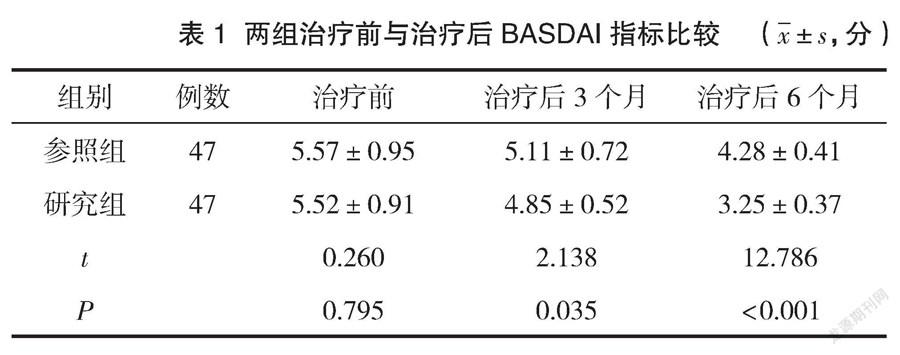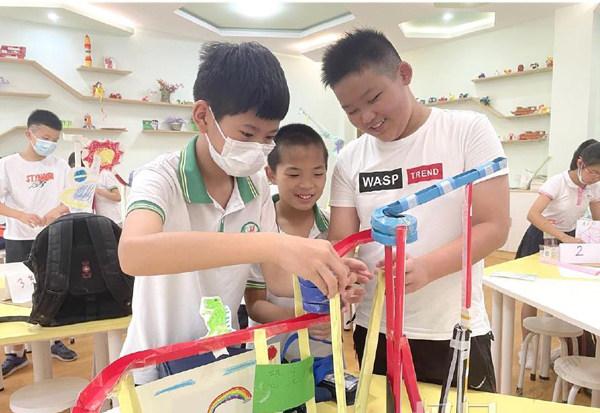练诗琪 肖福平
Abstract:This paper discussed the current situation of English vocabulary teaching in junior high school of China by studying and thinking on the theory of English vocabulary teaching at home and abroad. According to the learning characteristics of junior high school students, this paper summarizes the feasibility of English situational teaching in junior high school. That is, through setting English vocabulary learning situations, and it acts on the students" learning psychology. These can stimulate students" learning positivity, and realize the goal of vocabulary teaching. Finally it can achieve the purpose that the students can remember English vocabulary accurately.
Key words:
Situation; Situation teaching; English Vocabulary Teaching in Junior High School
I. Introduction
According to the data, the number of people who speak English as the first language globally stands at 375 million, and nearly 400 million people speak English as the second language, while nearly 800 million people speak English as a foreign language. With the globalization of the economy and information, as one of the most popular languages in the world, the importance of English in the world is self-evident. To learn a language, we have to learn from vocabulary first, like building a building, we have to establish bricks first. If English were a building, then the blocks of stone which made up the English building were words. Due to the influence of the test-oriented education, many English teachers in middle schools in China have divided English into segments to teach, they pay too much attention to grammar explanation, they just ask students to memorize mechanically. These results a serious condition that the teachers talk a lot and the students sleep a lot in many English teaching classroom. Some students even want to give up English learning.
II. About situational teaching
1.What is situation
Situation refers to the relative situation of circumstances in a given period of time. In social psychology, Situation refers to environmental conditions that affect the occurrence of an object or on the behaviour of an organism. It said that Situation was the social Situation in which a person acts in a certain way and was a specific condition that arises from social behavior. Situation is different under different circumstances. The teaching situation refers to the emotional atmosphere created by the teacher in the teaching process, and also refers to the teaching activities with a certain emotional atmosphere.
2.What is situational teaching
2.1 Definition
Situational teaching refers to the teaching process in which teachers introduce or create vivid scenes with certain emotional colors in order to arouse students experience, so as to help students understand the teaching materials. It also makes the students" psychological function. It is different from the teaching situation, which focuses on situational teaching. Li Jilin, believes that Situational teaching is a kind of teaching mode that combines emotional and cognitive activities in children, starting from the dialectical relation of "emotion" and "state" , "affection" and "resignation" , "emotion" and "all-round development" (李吉林 2006).
2.2 The basic theory of situational teaching
2.2.1 Pedagogy theory
From the point of view of pedagogy, the theoretical basis of the situational teaching is the principle of students" cognition. The teaching process is that the teacher according to the teaching purpose, the task and the student"s mind-body development, guides the students to master systematically the scientific and cultural knowledge. In the course of teaching, an important aspect of students" cognition law is that intuitionism can make abstract the knowledge materialize and visualize, which can help the formation of students" perceptual knowledge.
III. The feature of situational teaching
1. Intuition and specific
The situation in English situation teaching is mainly the concrete occasion, the scene or the situation. What constitutes the objective situation of English, whether man-made or natural. It can be seen that visual specificity is the first feature of English vocabulary teaching. Situational teaching can place students in the objective situation according to a variety of situations and teaching methods. It not only strengthens the students" cognitive psychology, but also promotes the enthusiasm of students to participate in learning.
IV. The methods
1. Multimedia teaching
In recent years, with the rapid development of information technology, multimedia technology has been widely introduced into the classroom, which has changed the single traditional teaching method to a great extent. Multimedia includes not only static images, but also audio, graphics, text, and video. It creates an interactive teaching environment for hearing and vision. In this way, boring language situation has the expressive form of sound and action. Also, when learning words that are not easily accessible to students, images can be used to visually help students learn and remember. Therefore, multi-media teaching is one of the most widely used methods in vocabulary teaching.
2. Performance and experience
"whatever way you learn a word, you have to learn it usefully. It is only in the use of language that vocabulary knowledge can be deepened and consolidated"(桂诗春,1988). The performance in situational teaching is making students play a role in a class. It can develop a sense of familiarity with the words.They will learn naturally and enhance their memory of the words. For example, you can create a situation about travel, ask the students to perform pre-tour scenes, tourists and guides in the course of traveling. Through the students" performance, they can enjoy the pleasure of learning, also strengthen their memory of English words.
VI. Conclusion
Through the implementation of situational teaching, the relationship between teachers and students has changed. This paper analyzes the feasibility and necessity of implementing situational teaching in English vocabulary teaching from different angles such as pedagogy and psychology, and discusses the strategies of vocabulary teaching based on practice. In the course of writing the thesis, the author also found many new problems which needed to be solved. All in all, the study of English vocabulary situational teaching in junior high school is a long-term, complex and systematic work. We still have many problems to be solved, and we hope that the experts and scholars can work together to push this research to a higher level.
Bibliography
[1] Coady,J.&T.Huckin. Second Language Vocabulary Acquisrion [M] . Camvridge:
1997
[2] Halliday,M.A.K. The Linguistic Science and Language Teaching [M]. 1964.
[3] Hatch, E, Brown. Vocabulary,Semantics and Language Education [M]. 2001.
[4] Wallace, M. J. Teaching Vocabulary [M]. 1982.
[5] Wilkins,D. Linguistics in Language Teaching [M]. 1972.
[6] 杜威. 杜威教育論著选 [M]. 华东师范大学出版社.1981.
[7] 桂诗春. 应用语言学与英语教学 [M].山东教育出版社.1988
[8] 胡壮麟. 语言学教程 [M]. 北京:
北京大学出版社.1985.
[9] 李吉林. 情境教学实验与研究 [M]. 人民教育出版社.2006.
作者简介:练诗琪(1995-),女,四川资中人,西华大学外国语学院硕士研究生,主要从事语言哲学研究;
肖福平(1962-),男,重庆璧山人,博士,副教授,主要从事西方哲学的理性主义和语言哲学研究
猜你喜欢 北京大学出版社杜威语言学 我说的不一定是真相杂文选刊(2019年1期)2019-01-14A Cognitive Study of English Body Idioms in Textbooks from the Perspective of Conceptual Metaphors西部论丛(2018年11期)2018-10-19The Images of Hua Mulan in Chinese and American films校园英语·下旬(2017年3期)2017-04-12让我们摇起橹来中学生数理化·八年级物理人教版(2017年2期)2017-03-25A Pragmatic Study of Gender Differences in Verbal Communication校园英语·中旬(2016年12期)2017-01-19The Application of Hedges in EFL Class校园英语·下旬(2016年5期)2016-06-07Overseas and Domestic Research Status of Analysis of Humor from the Perspective of Cooperative Principle校园英语·下旬(2016年2期)2016-03-18EmploymentAgeDiscriminationonWomen校园英语·中旬(2015年6期)2015-07-10ItIsBetterToGiveThanItIsToReceive校园英语·中旬(2015年6期)2015-07-10从“独白”走向“对话”:杜威研究的历史轨迹中国德育(2009年4期)2009-08-11





